My childhood is filled with memories of tramping in the Waitākere Ranges and constantly being surrounded by nature. This led to an inevitable love for our outdoor environment and being involved in different environmental and sustainability groups such as Generation Zero, The Sustainable Future Collective and Forest and Bird Youth. Seeing the scale and diversity of sustainability throughout India was inspiring and an important reminder that sustainability stems from a diversity of places, and that solutions to environmental issues must be adapted to the community and practiced with an intersectional lens 🌿🔍
From large corporations to local community groups and universities, we were constantly surrounded by various practices and tools to support sustainability. I was excited by the littlest things, like seeing recycled newspaper envelopes when you buy fruit or souvenirs, and brooms handmade from branches which locals would use to sweep their door fronts every morning. We also saw mass recycling in Dharavi where approximately 80% of Mumbai’s solid waste (such as plastics and cardboard) is recycled, food waste bins in most universities (and some corporate offices) we visited, and a lot of solar panels (both at the International Solar Alliance and on rooftops throughout India!). It was also exciting to see free bikes for students to use to travel across campus and e-waste recycling at the Mysore Infosys campus! ♻️🚲🌞📱

In particular, I enjoyed learning about connections to nature through gardens and sustainability in the textile industry:
Herbal Garden at Maitreyi College, Delhi University
While were walking around the Maitreyi campus, I was surprised and inspired by the fact that my buddy Vanshica was constantly pointing out trees and plants and explaining their significance and benefits. This included Neem trees whose leaves can be anti-inflammatory and used as insect repellent, and Amla trees (Indian Gooseberries) whose fruit are rich in antioxidants and Vitamin C (but also extremely sour!). After talking to other Maitreyi students, I learnt that a lot of Indians are familiar with surrounding fauna as they grew up with various remedies and foods which included plants such as Aloe, Neem and Tulsi for their medicinal properties. The garden and India’s long traditions of herbal remedies reminded me of Rongoā (which encompasses herbal remedies and spiritual healing) such as kawakawa and manuka. As we continue to decolonise and support cultural redemption in Aotearoa, I hop we can foster greater awareness and appreciation of Māori traditions such as Rongoā 🌱
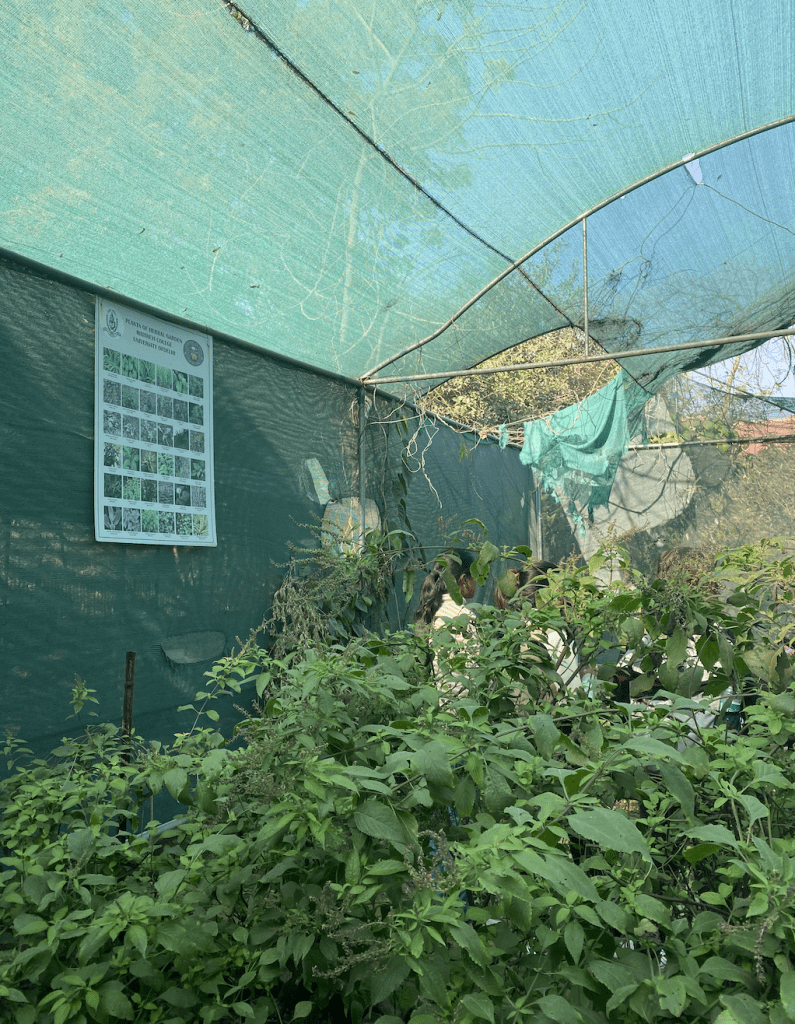
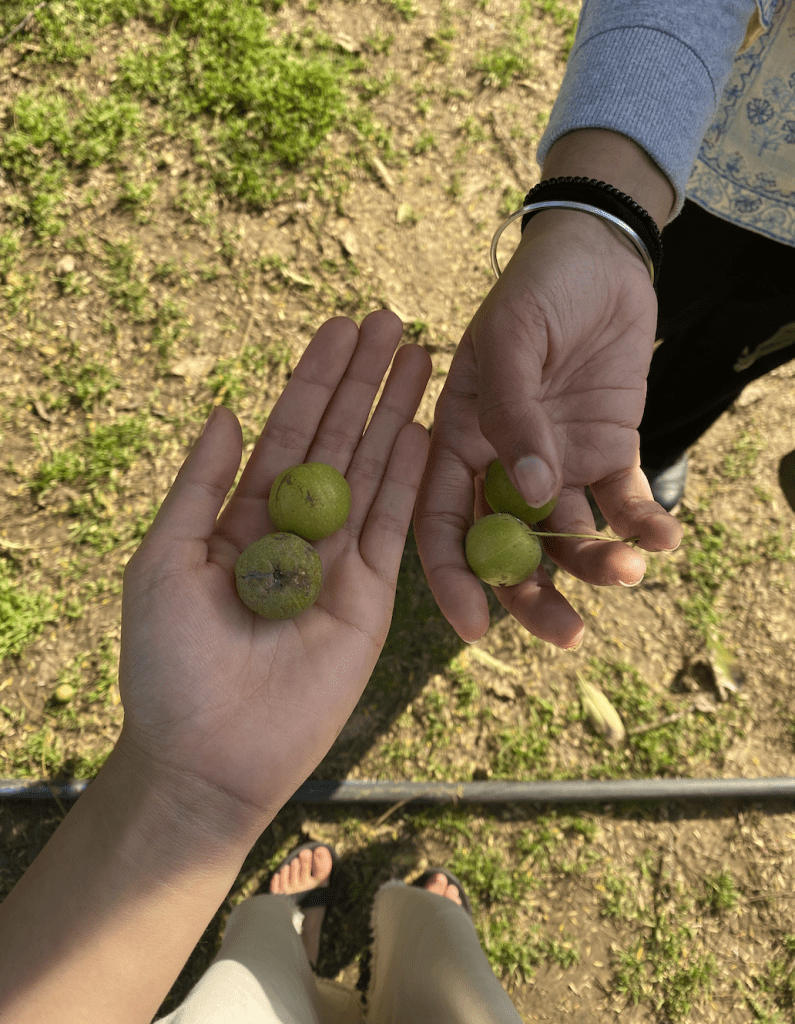
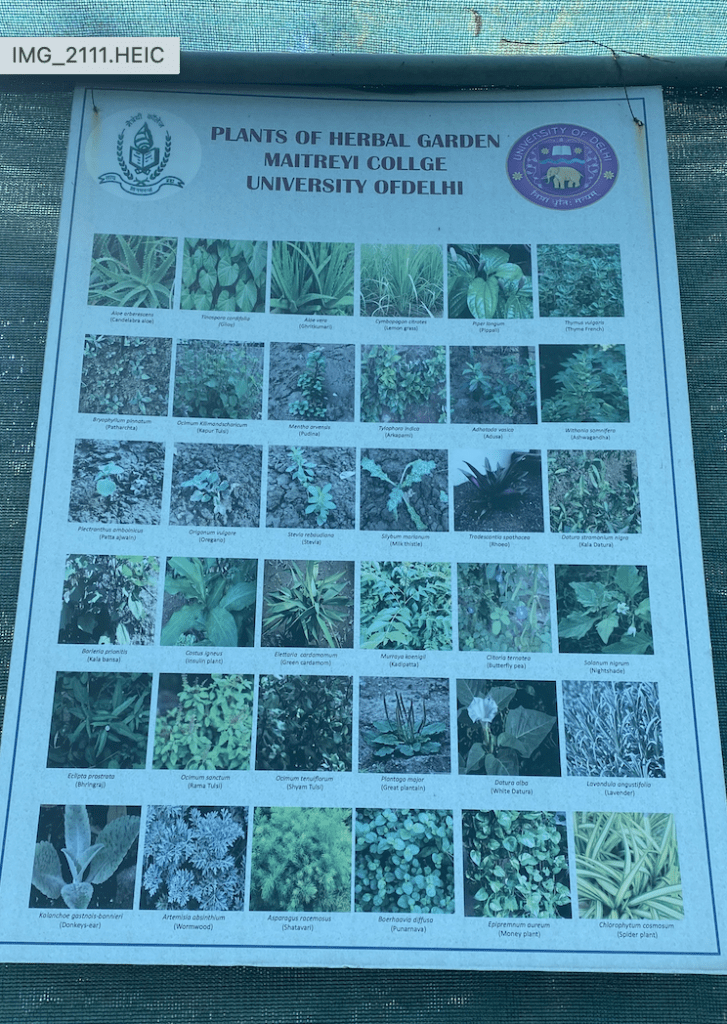
Natural and recycled textiles
The textile industry contributes to approximately 10% of global carbon emissions. With other related issues including fast fashion, modern slavery, and water use and pollution, ethical and sustainable fashion is becoming increasingly important both for producers and the planet.
At Svatanya, we heard about the origin of the NGO through collecting deadstock material to create their soft toys and other beautiful items. By utilising materials which would otherwise be considered waste, Svatanya are encouraging a longer life cycle of materials in the textile industry whilst supporting women and providing joy to those who receive one of their creations.
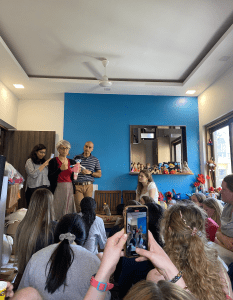
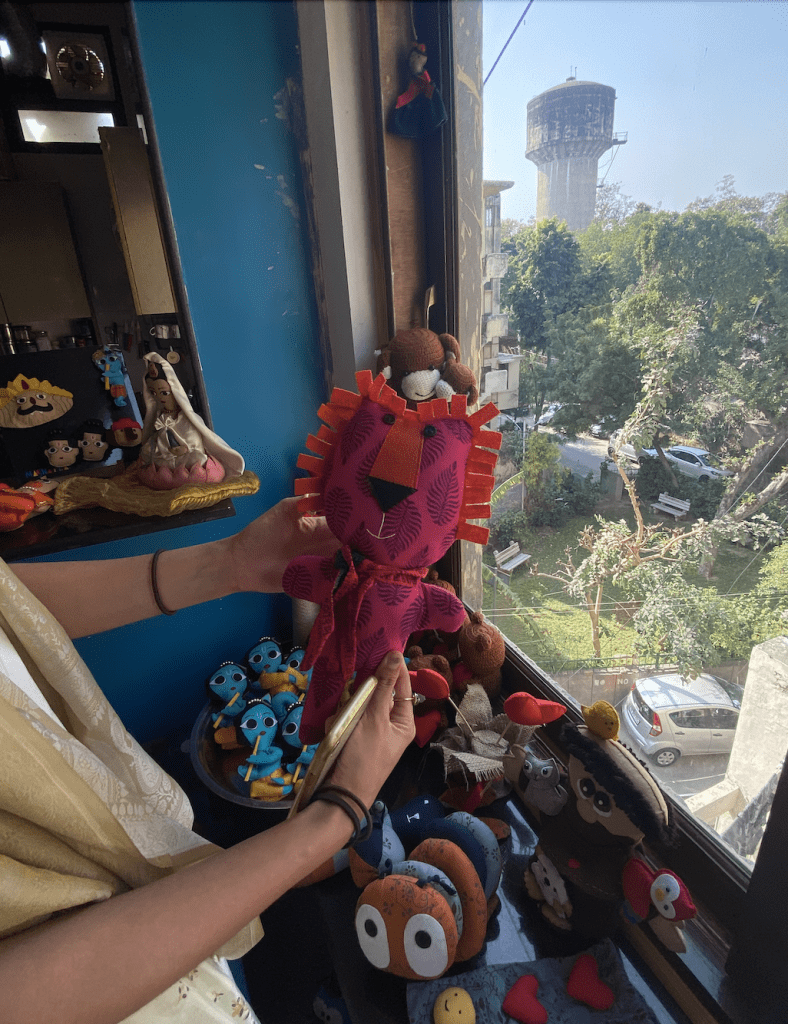
In Bagru we saw the long and intense process of hand dying materials and creating intricate patterns with wooden hand blocks. The use of natural pigments such as indigo and iron mean that less harmful toxins are entering waterways and affecting the local communities and ecosystem. As someone who sews myself, I loved seeing the whole process which heightened my appreciation for the love and labour that goes into creating ethical and sustainable fabrics 🧵🩳
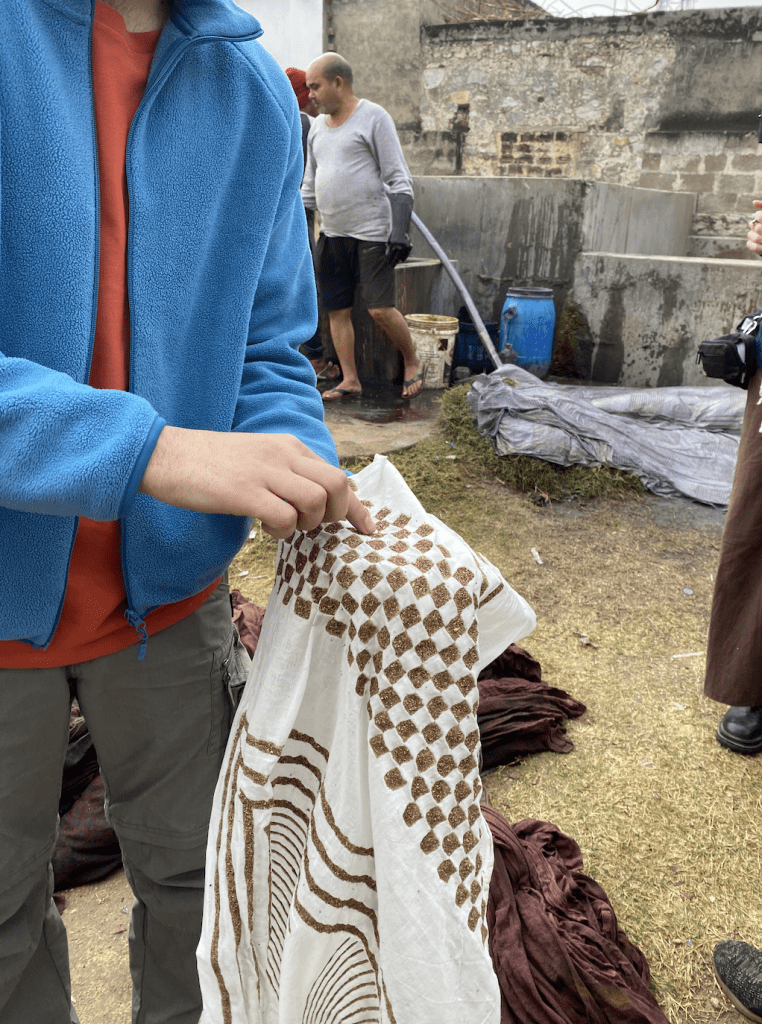
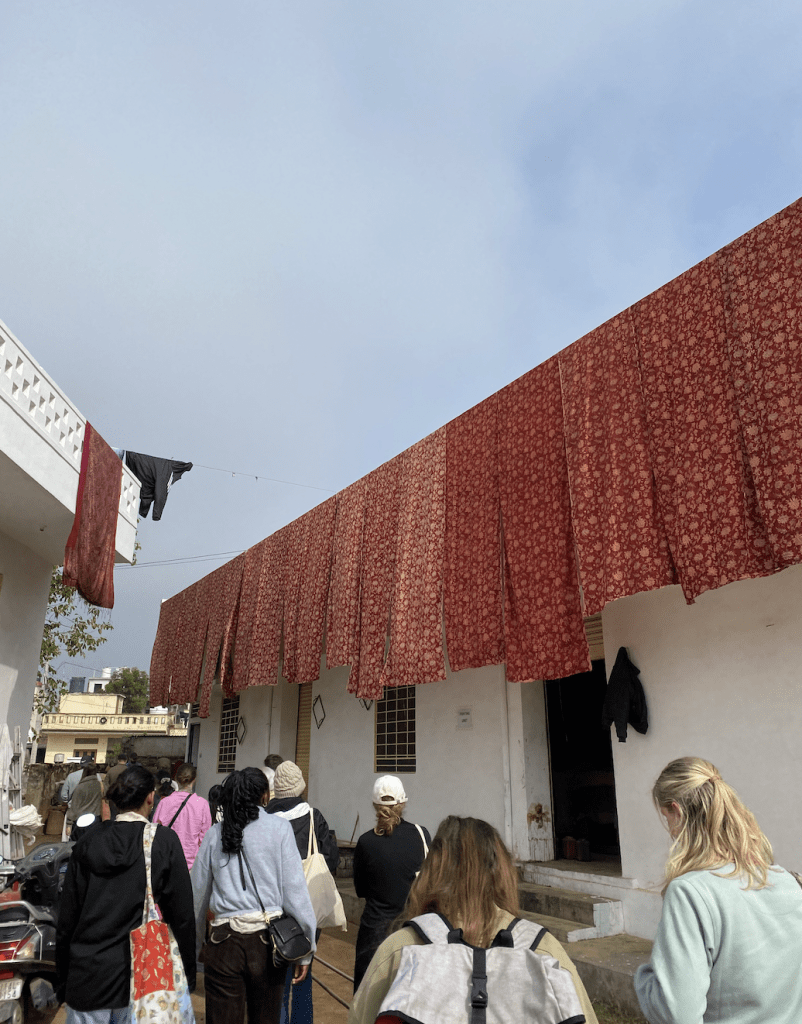
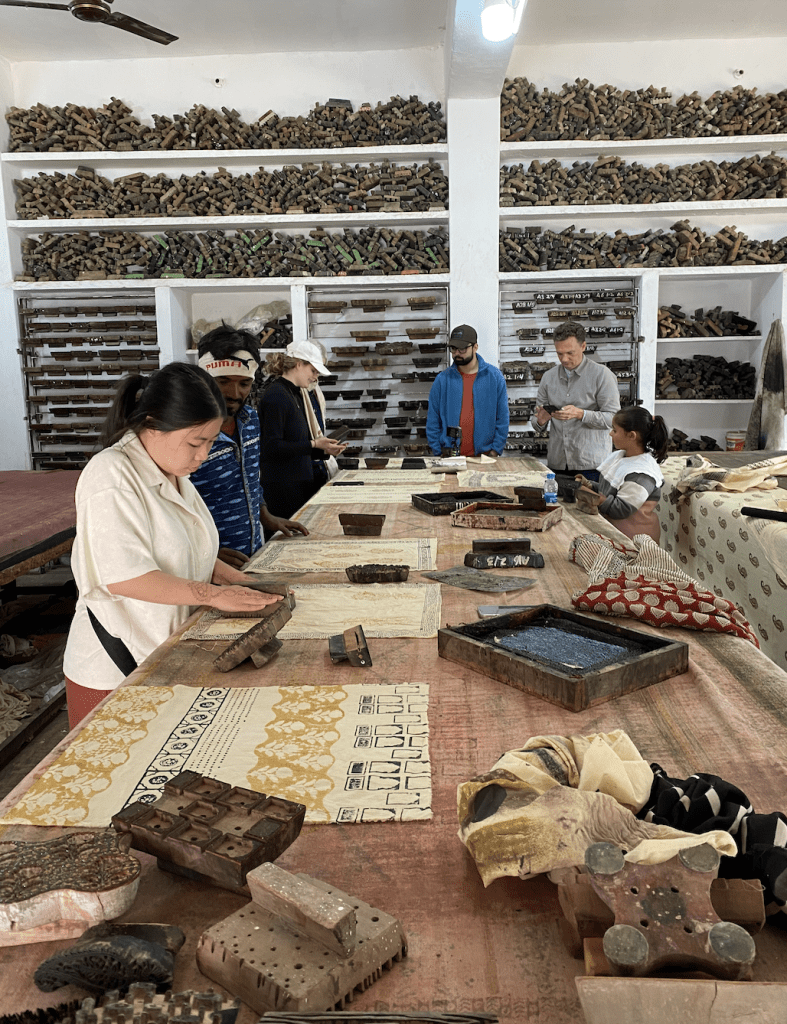
Lastly, we saw sustainability throughout the creation of the bags at HiDesign. For example:
- the use of vegetables for tanning the leather and recycling of the water used in the tanning process
- recycling of brass for buckles and other components
- utilising leather scraps to create zipper pulls and keychains
- grounding of unusable leather scraps pulp for paper bags
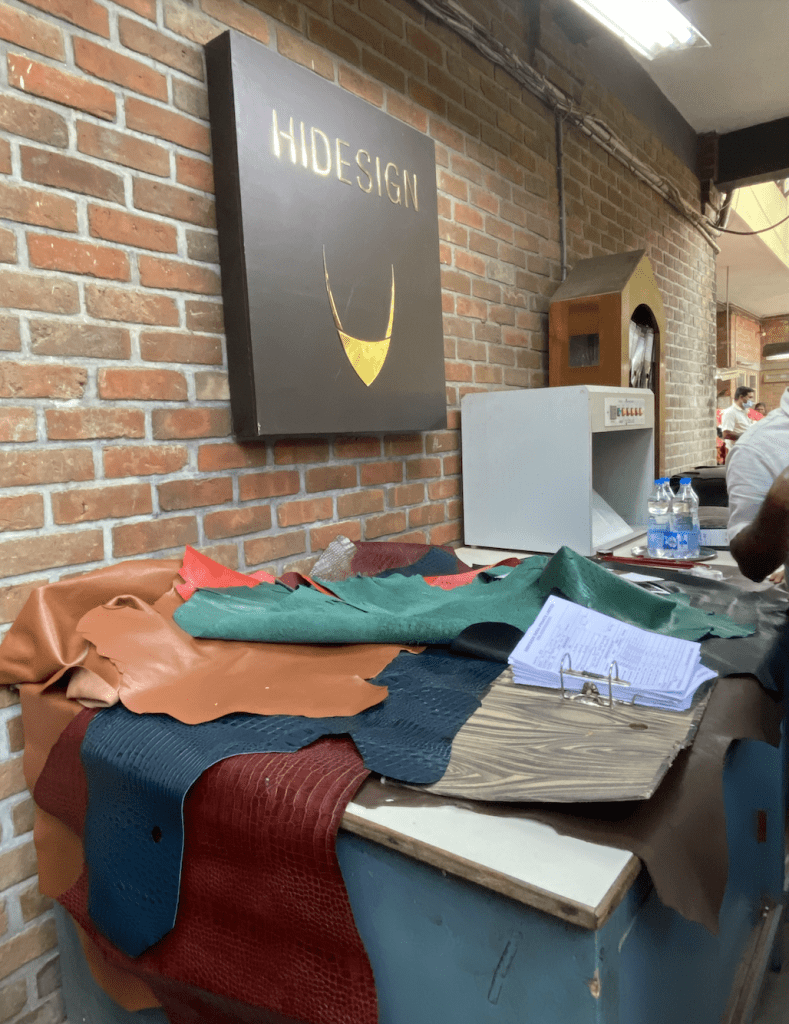
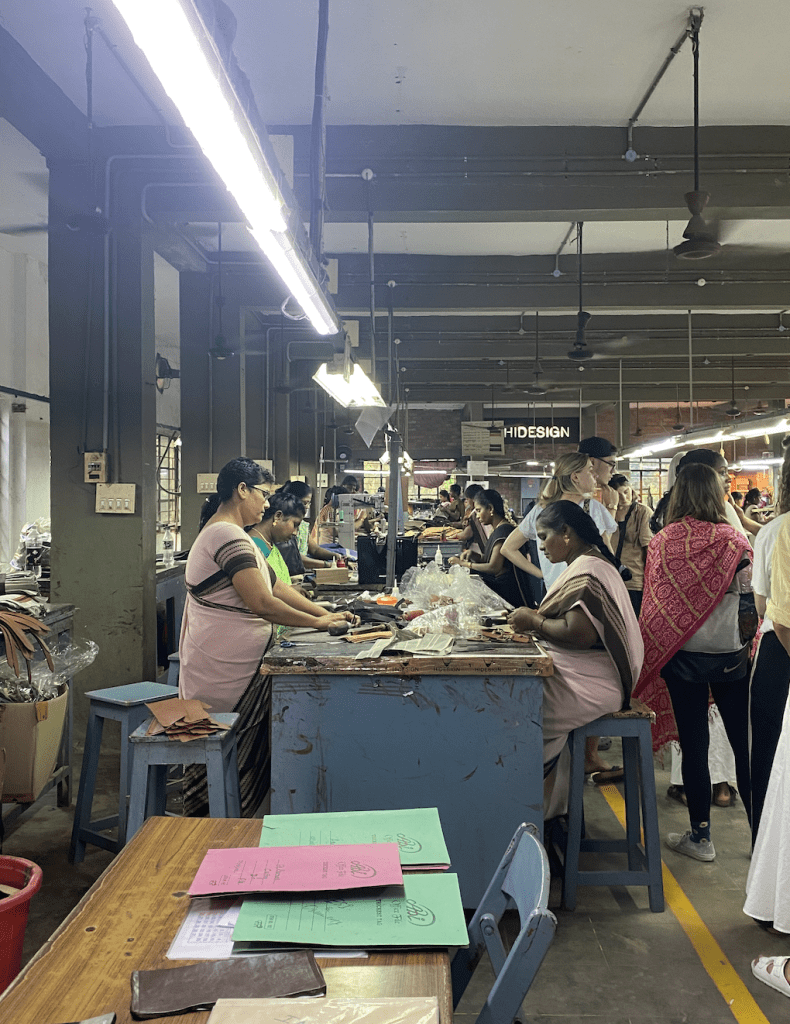

Beyond environmentally sustainable practices, HiDesign and the other mentioned organisations pride themselves on creating a welcoming and safe workspace for their artisans, which is key to supporting holistic sustainability.
To finish off this post, I think it’s important to note that the West tends to idolise this idea of sustainability and environmentally friendly lifestyles. However, a lot of communities and their practices are inherently sustainable and planet friendly. Whether this is due to spiritual and religious connections to nature or because of lower incomes which mean people need to cycle instead of drive a car, or just consume less generally, being ‘sustainable’ is complex and needs to be viewed with an intersectional lens.
With climate events increasing in frequency and magnitude, we must reflect on how ourselves as individuals, nations, and a global community can inspire each other to be ambitious in our climate commitments and support our local communities in a just transition. While Aotearoa has claimed the ‘clean and green’ title, we must look to India, the wider global community, and our own indigenous knowledges and communities to ensure a sustainable future for all.
